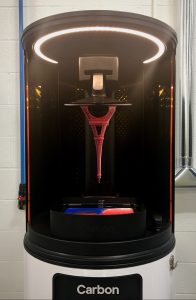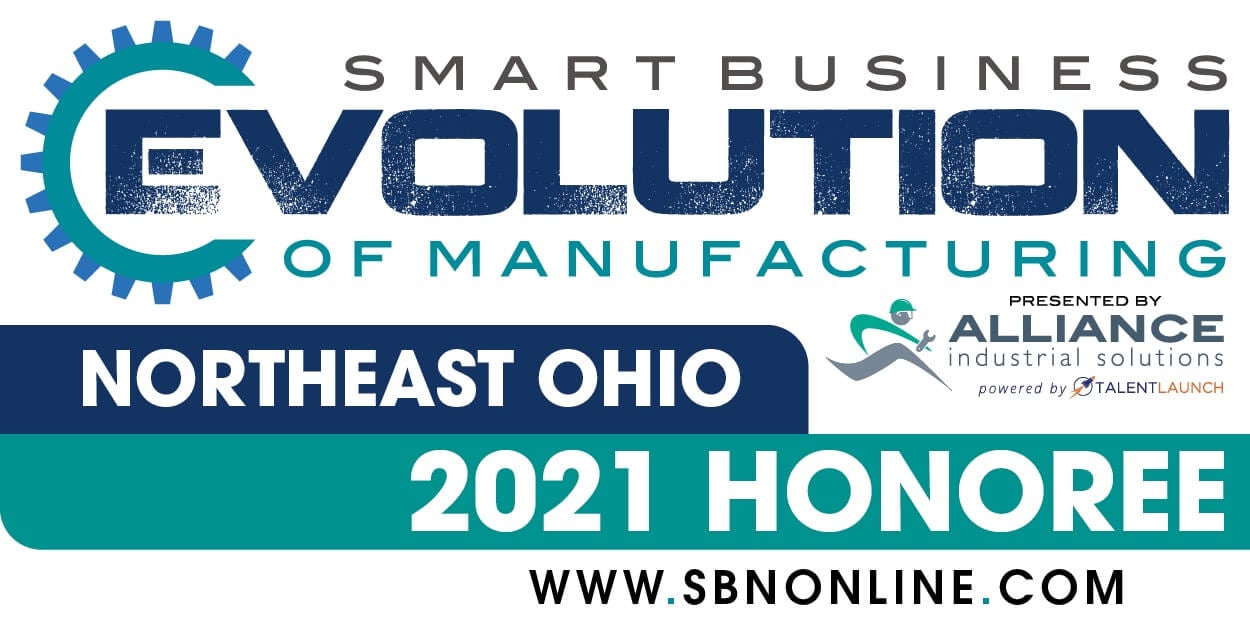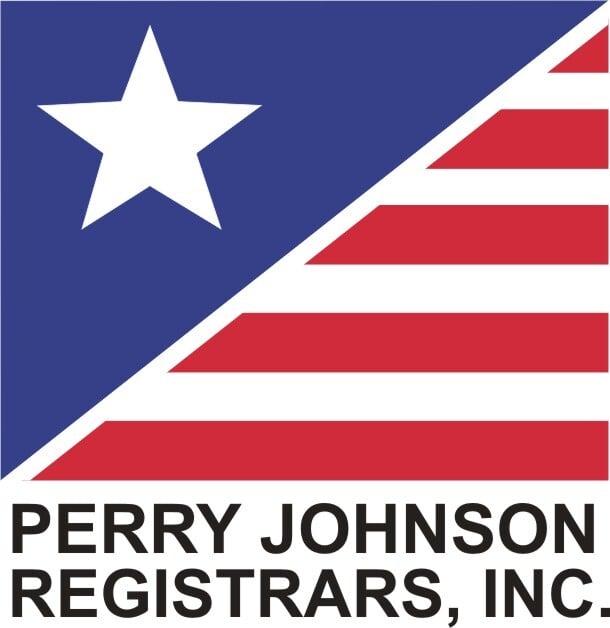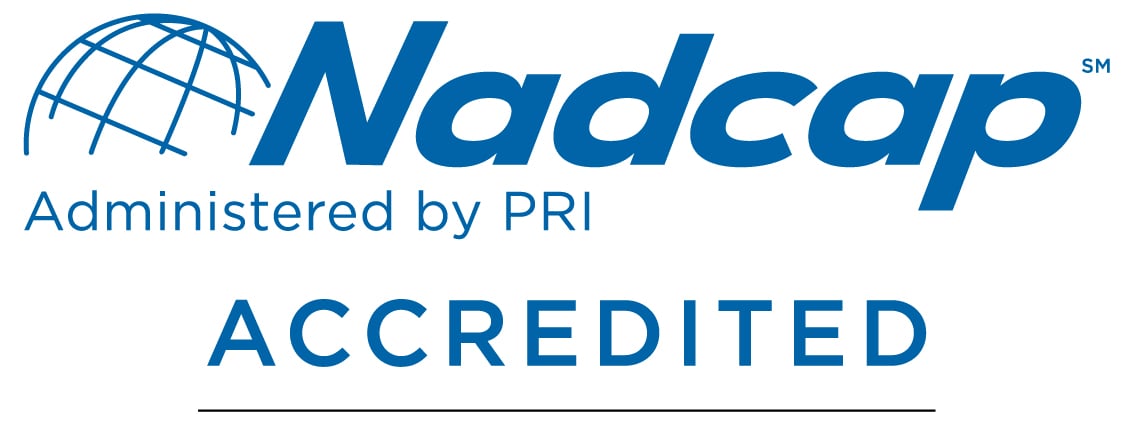Digital Light Synthesis (DLS) is a transformative 3D printing technology that has redefined the possibilities of creating intricate and functional objects. Learn about how DLS works and explore the key aspects that make this technology a game-changer.
As an engineer, you’re always looking for new and better solutions for your design projects. You’ve likely experimented with traditional additive manufacturing or 3D printing to produce models and prototypes. Besides being slow, the surface finish and mechanical properties are often suspect. But have you tried the newest innovation in 3D printing?

Enabled by Carbon’s proprietary CLIP Technology, Digital Light Synthesis uses digital light projection, oxygen permeable optics, and programmable liquid resins to produce products with much-improved durability, resolution, and surface finish.
Here’s how DLS 3D printing works:
- The DLS 3D printer projects UV images through an oxygen-permeable window that sits below a reservoir of liquid resin.
- Controlling the oxygen flow forms a “dead zone” layer of uncured resin above the window. Light passes through the “dead zone,” curing the resin above to form a solid part. The object forms as the build platform lifts it from the resin puddle below.
- The finished part is baked in a forced-circulation oven strengthening the materials.
Things To Know About Digital Light Synthesis
1. Increased Smoothness and Durability
Digital Light Synthesis greatly improves upon the surface and mechanical property issues of traditional 3D-printed objects. Because this process doesn’t print layers, the surface of the object is much smoother. The higher quality finish combined with the second chemical reaction from the heat of the forced-circulation oven makes for high-resolution parts with engineering-grade mechanical properties.
2. Speed to Market
With the Digital Light Synthesis process, you can create prototypes, test them, and run your production all in the same process and with the same material. This saves you time and cost while getting your products to your customers faster.
3. Available Materials
3D printing with the Digital Light Synthesis process is available with the materials below:
- RPU Rigid Polyurethane: Tough, abrasion-resistant, and stiff. Similar to ABS.
- FPU Flexible Polyurethane: Tough, impact and abrasion-resistant with moderate stiffness. Similar to polypropylene.
- EPU Elastomeric Polyurethane: Highly elastic, resilient. Similar to TPE. 68A durometer.
- CE Cyanate Ester: High-temperature resistance, strength, and stiffness. Similar to glass-filled nylon.
- EPX Epoxy: Temperature resistant, strong, and accurate. Similar to glass-filled PBT or PC/ABS.
- UMA Urethane Methacrylate: Rigid resins for manufacturing jigs, fixtures, and general-purpose prototypes. Tough SLA material is available in all colors. Similar to SLA resin.
- Dental Resins - Fast, accurate, and rated most reliable over the past four years by the NADL Dental Technology Survey.
4. NASA Seeker Robot Powered by Carbon and The Technology House (TTH)
TTH, leveraging Carbon's additive technology, played a pivotal role in NASA's innovative venture into robotics with the Seeker robotic free flier inspector.
Utilizing the Carbon Platform and Cyanate Ester (CE 221) material, TTH and NASA embarked on an agile development path, enabling over 10 design iterations of high-performance thrusters for Seeker's cold-gas propulsion system. This iterative approach, supported by the unique properties of CE 221, facilitated rapid, cost-effective production without compromising on performance or safety standards, thus overcoming traditional manufacturing limitations. The collaboration successfully met the challenging one-year timeline from project initiation to launch, marking a significant achievement in space hardware development.
This venture showcased the efficacy of additive manufacturing in producing complex, reliable components for space applications and the potential for significant advancements in autonomous robotic inspection technologies.
5. Digital Light Synthesis Is Available with The Technology House
TTH was one of a select few beta sites selected for the Carbon M1 printer in 2015. Currently, TTH is running six Carbon DLS machines, including the M2 model, which offers a larger build platform and double the build volume than the M1 model, and the innovative M3 Max printer.
TTH is North America's exclusive Carbon Production Partner equipped with an M3 Max printer. Showcasing a true 4K light engine, the M3 Max expands build volume significantly while maintaining precise pixel size. This capability, combined with advanced automation tools like Carbon's Smart Part Washer and Meter/Mix/Dispense equipment, enables us to deliver unparalleled part quality and consistency, reducing production costs and enhancing the reliability of manufactured components.
Customers can create prototypes, models, parts, etc. for medical, automotive, and other industries. We can create what you need to your specifications. Experience the speed and new design capabilities TTH can offer with Carbon DLS 3D printing technology.
For details about working with the TTH team on a DLS project, please request a quote to get started.








.jpg)

.png)

.png)

